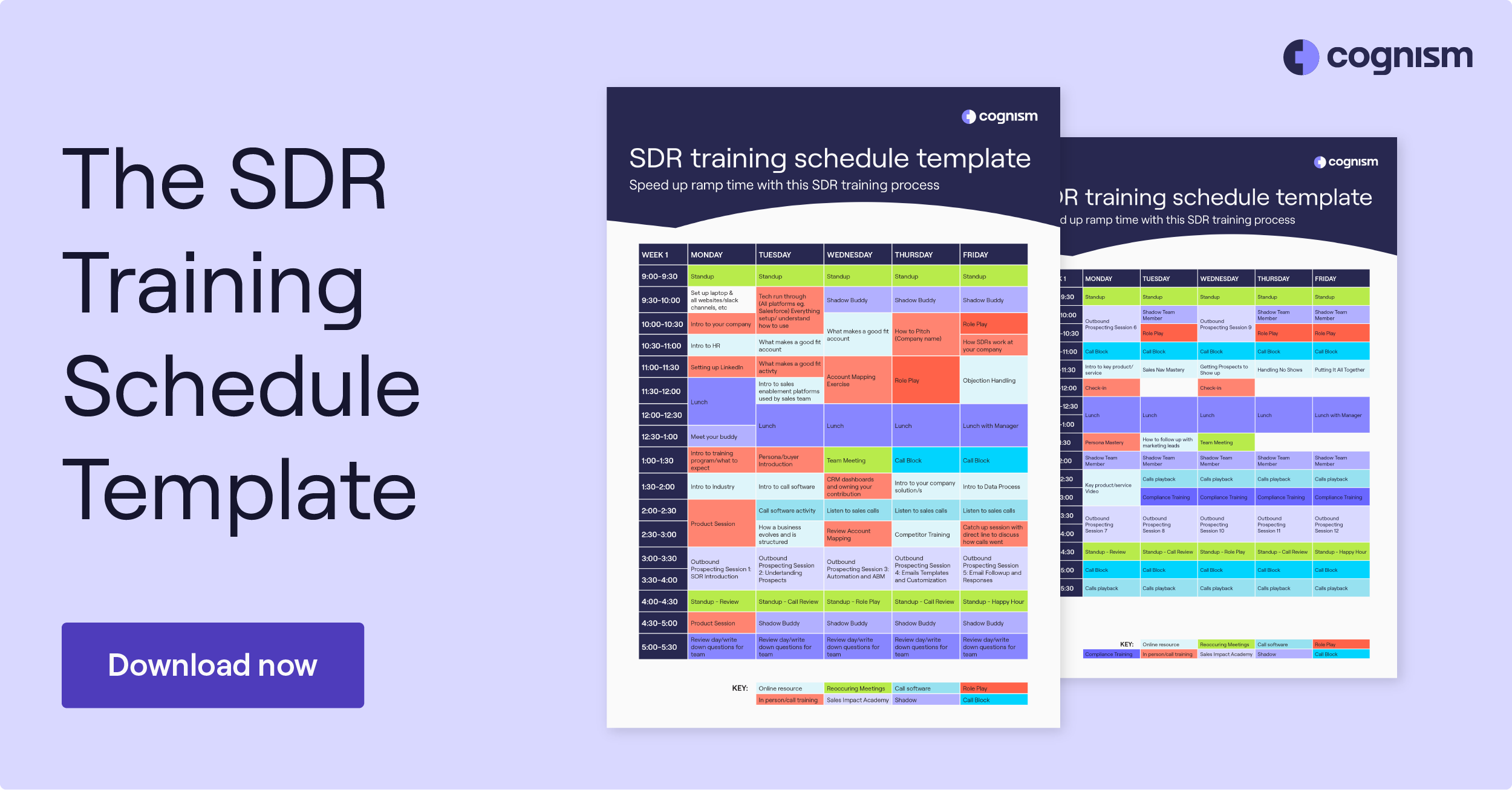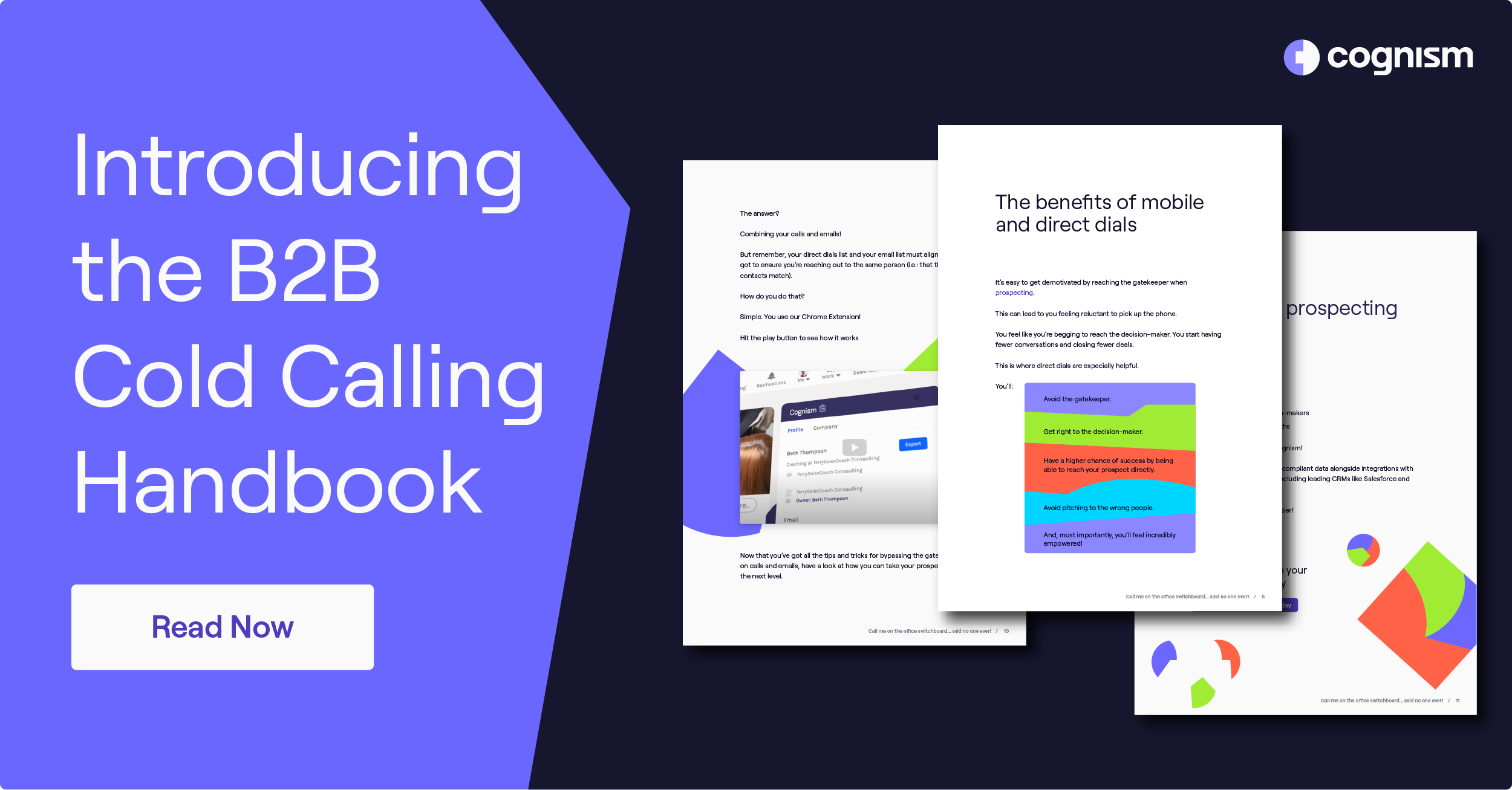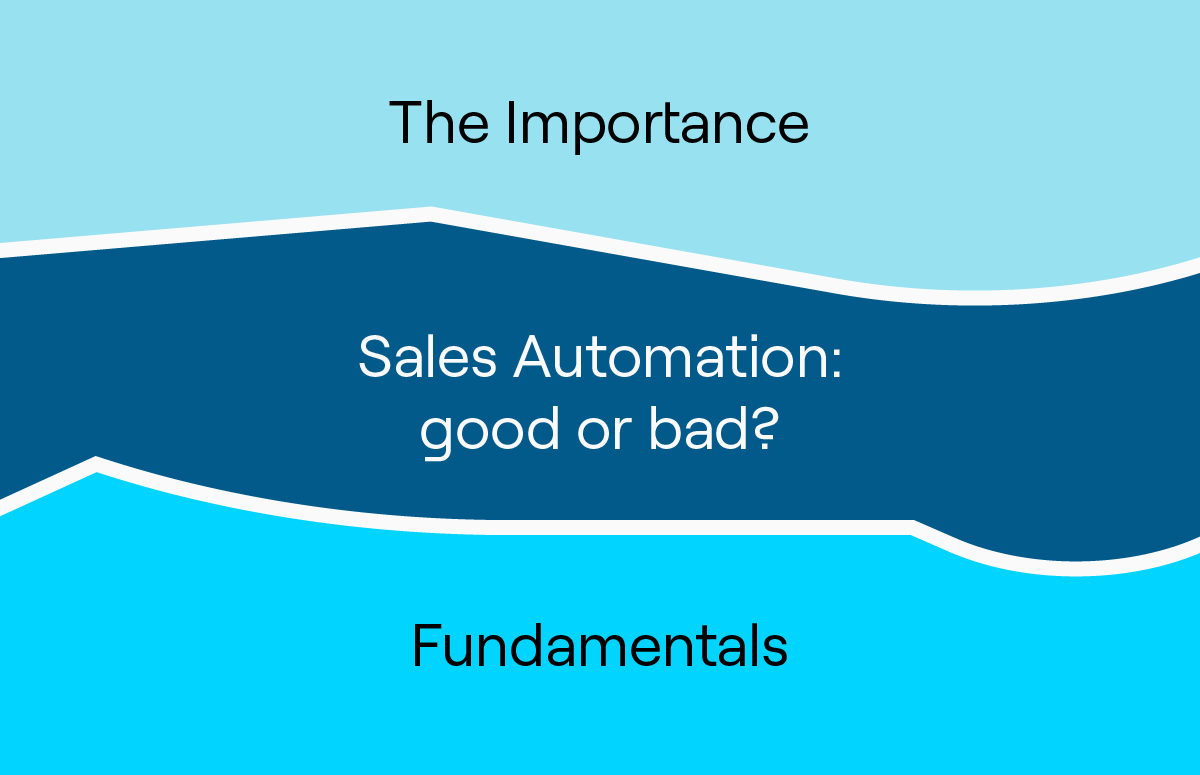How to Train SDRs in Cold Calling? [Coaching Tips & Ideas]
Cold calling training ideas:
How do you balance the script, understand what you’re selling, and actively listen to the prospect all at the same time?
It can be extremely hard at the beginning. But with the right cold calling training, you can become a successful salesperson.
In this article, we collected the best coaching advice from people who started as SDRs and now make a living from teaching others the art of cold calling.
Read on to find out more!
Why is cold calling training so important?
Some cold-calling courses and online training sessions are costly. But Ashleigh Early, Head of Sales, says that it’s important to allocate the right budget for training sales reps. If you don’t, you’re simply setting them up for failure. And in the case of experienced sales reps, practicing cold calling helps them improve soft skills and update product knowledge.
Entry-level sales reps will benefit most from cold calling exercises on overcoming the fear of cold calling, whereas seasoned sales leaders may want to practice cold calling rejection.
The thing is—
Cold calling isn’t dead. On the contrary—it’s constantly changing and those who don’t adapt and practice new techniques are left in the dust by their competitors. Let’s dive in and see what cold-calling training ideas can work for your in-house sales teams.
They all work for us!
💡 As an SDR manager, you can speed up ramp time with this SDRs' onboarding with this 2-week training plan! We recently used this formula to update our own processes, saving our sales leaders time while improving reps’ competencies faster.
Download our cold calling training schedule template for your SDR reps. 👇
How to train sales reps in cold calling?
You can make life easier for you and your new hires if you provide them with varied cold call training programs. Get your new SDRs up and running quickly and efficiently with the ideas below!
1. Shadowing
Ashleigh Early, Head of Sales, shadowing is one of the best cold calling lessons an SDR can receive during onboarding. It’s when you sit with someone who knows what they are doing and soak it in. That’s it—
Shadowing is not the right time to ask questions or have senior colleagues explain how to cold call. So to do shadowing right, it’s best to invite new SDRs to a quick session where they can ask questions and mentors can explain the process.
She recommends shadowing four to five people and pulling all the best bits from each of them. Ashleigh adds that in this SDR employee training program the more the diverse sales team, the better. You don’t want to shadow “five frat boys”, as she puts it.
After that, it’s time for independent work—picking up the phone and getting feedback on your live cold call from your mentor.
💡 We interviewed our SDRs about their techniques and approaches to cold calling and boiled them down to 5 key things to do on every sales call. Check them out!
2. Role-play
According to Ryan Reisert, it makes sense to include role play in your cold calling training program, after you start live calling. And if you pair it with great cold calling scripts it can become a powerful tool for your sales teams. Why are scripts so important?
Ryan says it is important for sales leaders to provide a solid messaging framework, model the conversation flow, give examples, and the exact phraseology to use during the call. It helps elicit responses you need and map out 80-90% of the conversation with a prospect. 👇
3. Reviewing cold call recordings
This cold calling training idea comes from Morgan Ingram who’s been doing B2B cold call training for at least four years, teaching clients (Salesforce, Slack, to name a few) how to prospect and do cold calls.
Listening to recorded cold calls is a great way to learn what went well and what could be done differently. But the best coachable moment is when you identify areas where the conversation broke off. Brainstorm why this happened. Was the intro too soft? Wasn’t it the best time to cold call?
In another version of this cold call training, reps can listen to their own calls and review their own work. They can do it on an ongoing basis to monitor their growth.
It is a completely free cold calling sales lesson you can conduct with your entire team.
Here are three great cold-calling examples of listening to someone’s call followed by live cold-calling training tips and feedback from David Bentham and Morgan Ingram. 👇
4. Rapid fire sessions
It’s when the leader acts as the prospect and asks sales reps to start a conversation at a particularly challenging moment. (Ryan says it could be a moment identified during listening to recorded calls.) It’s a great way of training cold-calling opening lines, sales pitches, or responses to common cold call objections.
The rules are simple—it’s a start, stop, repeat cold calling exercise and it shouldn’t take more than 30-60 seconds. You provide feedback after the exercise and discuss what went well and what you can work on.
This sales training is challenging even for experienced reps but it builds your confidence like no other. You can use it to warm up SDRs before they get on the phones.
Check out what it looks like when Ryan Reisert is leading it! 👇
Is there a better cold-calling practice?
Cold calling training tips for sales leaders
If you find reps are ramping slower than expected, then there’s a chance you’re falling into a few sales training traps without even knowing it.
The good news is, we’ve spoken to Patrick Connolly, Cognism's Head of US Sales Development, who's listed the top three tips that will help you train the sales team.
1. Don't hold SDRs off the phones
SDRs learn cold calling by doing. By feeling the pain of a no-show. By using their dashboards on real calls. By encountering cold calling objections.
Not by spending two weeks learning passively about the product, tech, competitors, using VoIP and all the rest.
That’s why it’s crucial reps are thrown in the deep end and get on the phones as early as possible.
In a SalesHacker thread focusing on how Learning Management Systems (LMS) can help upskill SDRs, Joseph Angeletti emphasizes this:
Salespeople want to be selling. Even if they're in need of improvement. Make sure whatever approach you're taking is extremely experiential.
In other words, a short program with a discreet objective tied to it, followed by an immediate action item that puts this knowledge into use THE SAME DAY.
Gamifying the process can also improve the learning process for naturally competitive reps. Scavenger hunts have worked for Drew Coryer in the past:
[It's] a contest where they use the technique they just learned about, or group sessions, where they work together to use what they just learned.
Regardless of the approach you land on, getting reps on the phones on day 3-4 of their onboarding process is crucial.
Combined with a diverse cold-calling coaching program, this hands-on experience will reduce SDR ramp time.
2. Implement a multi-dimensional SDR training approach
Some reps are visual learners. Some are audio learners. The list goes on. So what sense does it make to take a one-size-fits-all approach to train them?
Instead, you need a multi-threaded program that includes all these things. Because any training approach that focuses too heavily on one of these elements will bore the hell out of your reps. And that’ll make it difficult for them to ramp quickly.
Whereas with a steady diet of learning, reps can clock face time with sales leaders while also working independently. Equally, sales leaders can provide meaningful feedback to reps without half of their weekly calendar being blocked out for training.
3. Test SDRs' knowledge
Without checks and balances in your cold calling training program, you can’t guarantee your reps know what they say they do.
That’s what makes certification so important in SDR training. To implement it effectively, you need to determine exactly what you need your reps to know and then create tests with pass/fail thresholds.
With many reps coming straight out of college and into your business, covering the basics and instilling best practices from the beginning will help hold reps accountable in the long run.
To ensure buy-in from reps themselves, David Fox adds:
Allow your SDRs to role-play key touchpoints in your sales process, including the elevator pitch, value prop, discovery, problem-solving, and objection handling [...] then share the best examples across the organization.
Seeing top-performing reps in action can go a long way to up-level middle-of-the-pack SDRs, as they see the value in the investment and are more motivated to engage in their learning programs.
Key takeaway
Cold calling is without a doubt difficult. It requires a set of cold-calling skills and practice.
There are ways in which sales teams can train cold calling in-house without the need of purchasing external courses or trainers.
Some of the best ideas for cold call practice are: shadowing senior colleagues, role-playing, rapid-fire sessions, and listening to cold call recordings.
Need some help with reviving your cold calling?
- Cognism is a sales intelligence platform that supplies businesses with verified mobiles and B2B emails of people you want to do business with.
- If you feel like your prospecting list is incomplete or out of date, visit our homepage to learn more, or book your demo here to see how we can help. 👇
Check out our B2B Cold Calling Handbook where we’re sharing the latest and greatest cold calling tips. We’re sure it will help you become a cold-calling champion and fire up your leads for a hot and toasty revenue-driven year. 👇





